£ºNot only does it perform well in data, baggage scanner machines In the market share, it is also gradually expanding, so that more people can benefit. https://secuzoan.com/
LED car lights refer to lamps that use LED technology for external and internal lighting in both the light sources inside and outside the car. External lighting equipment is about thermal limits and EMC. Use LED car lights to create an in-car environment with a lifespan of 50,000 hours. The structure of LED is sturdy and not easily affected by vibration, and the light output brightness will not decrease significantly during use.For the immediate pressure, led warning lights With its own coping style, it can break the predicament and usher in a new life through the quality of the product itself. https://www.lkx-mascarello.com
LED car lights are suitable for various lighting applications in automotive electronics, including headlights (high beam and low beam), fog lights, tail lights, brake lights, turn signals, daytime running lights, pedal lights, instrument lights, license plate lights, door lights, interior lights, width lights, navigation, entertainment systems, backlights and indicator lights. Compared with traditional light sources, LED light sources have large differences in physical size, luminous flux, spectrum, and spatial distribution of light intensity. Therefore, LED detection cannot replicate the standards and methods of traditional light source detection.
What Are the Most Common Detection Technologies for LED Headlights?
Detection of optical parameters of LED lamps
1. Luminous intensity detection
Light intensity is the strength of light, which is the amount of radiated light within a certain angle range. Since LED light is relatively concentrated, the inverse square law does not apply at close distances. Therefore, the CIE127 standard stipulates that the conditions for measuring light intensity are A (far-field conditions) and B (near-field conditions) for measuring the average normal light intensity. The detector area for both conditions is 1cm2. Generally, standard condition B is used to measure luminous intensity.
2. Luminous flux and light efficiency detection
Luminous flux is a physical quantity that measures the total amount of light emitted by a light source. It represents the sum of the light energy emitted by the light source in all directions. There are two main methods for detecting luminous flux:
Integral method: Light the standard lamp and the lamp under test in the integrating sphere in turn, and record their readings on the photoelectric converter as Es and ED respectively. The luminous flux of the standard lamp is known as Φs, then the luminous flux of the lamp under test ΦDED〜Φs/Es. The integral method uses the principle of “point light source” and is simple to operate, but it is affected by the color temperature deviation between the standard lamp and the lamp under test, and the measurement error is large.
Spectrophotometry: This method calculates the luminous flux by measuring the spectral energy distribution of the light source \( P(\lambda) \). Use a monochromator to measure the spectral energy of the standard lamp in the wavelength range of 380nm to 780nm on an integrating sphere, and then measure the spectral energy of the lamp under test under the same conditions. By integrating these spectral energy values, the luminous flux of the lamp under test can be obtained.
Luminous efficiency is a parameter that describes the efficiency of a light source. It is defined as the ratio of the luminous flux emitted by the light source to the electrical power it consumes. For LED light sources, constant current is usually used to measure luminous efficiency to ensure the accuracy and repeatability of the measurement.
In the intricate world of injection molding, precision components play a critical role in determining the quality and functionality of the final products. One such essential component is the mold core pin. Understanding the purpose and application of mold core pins is vital for anyone involved in manufacturing, from engineers to suppliers. In this article, we will explore the uses of mold core pins, with a focus on core pin injection molding, and discuss the importance of sourcing from reliable mold core pins suppliers and factories.Therefore, plastic moulding parts Only then will more and more pump owners cheer for it and spread the value and function of the brand. https://www.dghrjmmj.com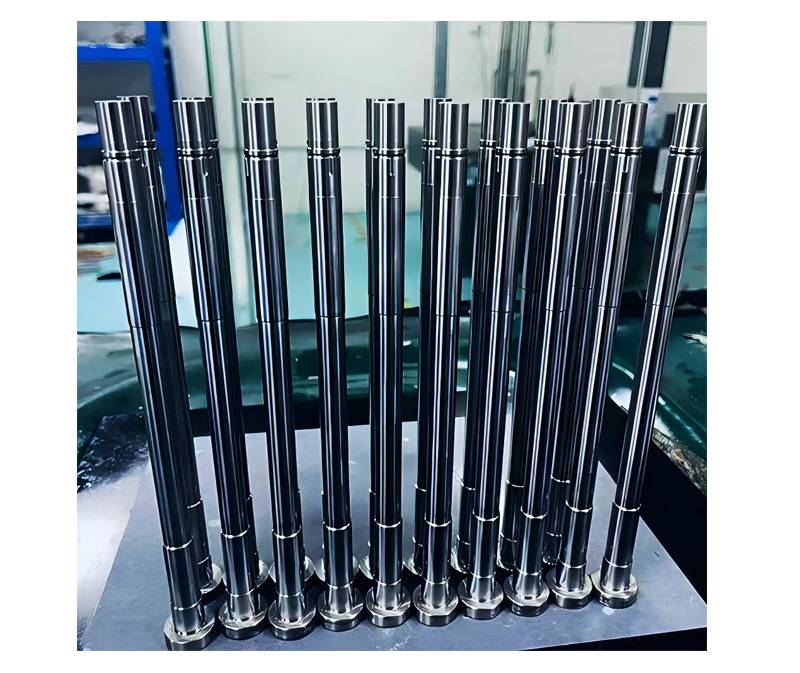
What Are Mold Core Pins?
Mold core pins are specialized components used in the injection molding process. These pins are inserted into the mold to create precise internal features in the molded parts. They come in various sizes and shapes, depending on the design requirements of the product. Typically made from hardened steel or other durable materials, mold core pins are designed to withstand the high pressures and temperatures involved in the injection molding process.
Applications of Mold Core Pins in Injection Molding
1. Creating Internal Cavities and Holes
One of the primary uses of mold core pins is to create internal cavities and holes within the molded parts. These pins ensure that the internal features are accurately formed, meeting the specific design and functional requirements of the product. For instance, in the manufacturing of medical devices, mold core pins are used to create precise channels and openings necessary for the device’s functionality.
2. Supporting Complex Geometries
Mold core pins are essential for supporting complex geometries in injection-molded parts. When a product design includes intricate details, such as undercuts or threaded sections, mold core pins help in accurately forming these features. By doing so, they enhance the structural integrity and performance of the final product.
3. Enhancing Product Quality
The use of high-quality mold core pins directly impacts the quality of the molded parts. Precision in creating internal features ensures that the parts fit together correctly and function as intended. This is particularly important in industries such as automotive and aerospace, where even the slightest deviation can lead to significant issues.
Importance of Reliable Mold Core Pins Suppliers and Factories
1. Consistency and Precision
Working with a reputable mold core pins supplier ensures that the pins you receive are consistent in quality and precision. Reliable suppliers adhere to stringent manufacturing standards, ensuring that each pin meets the required specifications. This consistency is crucial for maintaining the integrity of your injection molding processes and the quality of your final products.
2. Customization and Expertise
A trusted mold core pins factory can provide customized solutions tailored to your specific needs. They have the expertise to design and manufacture core pins that fit your unique requirements, whether it’s for a specialized application or a high-volume production run. Their knowledge and experience can help you optimize your injection molding process, leading to better product outcomes.
3. Material and Durability
High-quality mold core pins are made from durable materials that can withstand the demands of the injection molding process. Suppliers who prioritize material quality ensure that their pins are resistant to wear, corrosion, and deformation. This durability translates to longer tool life and reduced downtime, ultimately saving costs and improving efficiency.
Mold core pins are indispensable components in the injection molding process, playing a crucial role in creating precise internal features and supporting complex geometries. Their importance extends beyond their functional role, impacting the overall quality and performance of molded products. By partnering with reliable mold core pins suppliers and factories, manufacturers can ensure consistency, precision, and durability in their injection molding operations. Whether you are a seasoned engineer or new to the field, understanding the uses and benefits of mold core pins is essential for achieving excellence in manufacturing.
Every item in life needs careful maintenance, and your pillow is no exception. Let’s take a look at the maintenance methods of memory foam pillows with Xiao Shi!pass knee pillow memory foam It can be seen from the present situation that the market prospect is relatively broad, which is conducive to our reference and investment. https://tainengjikang.com/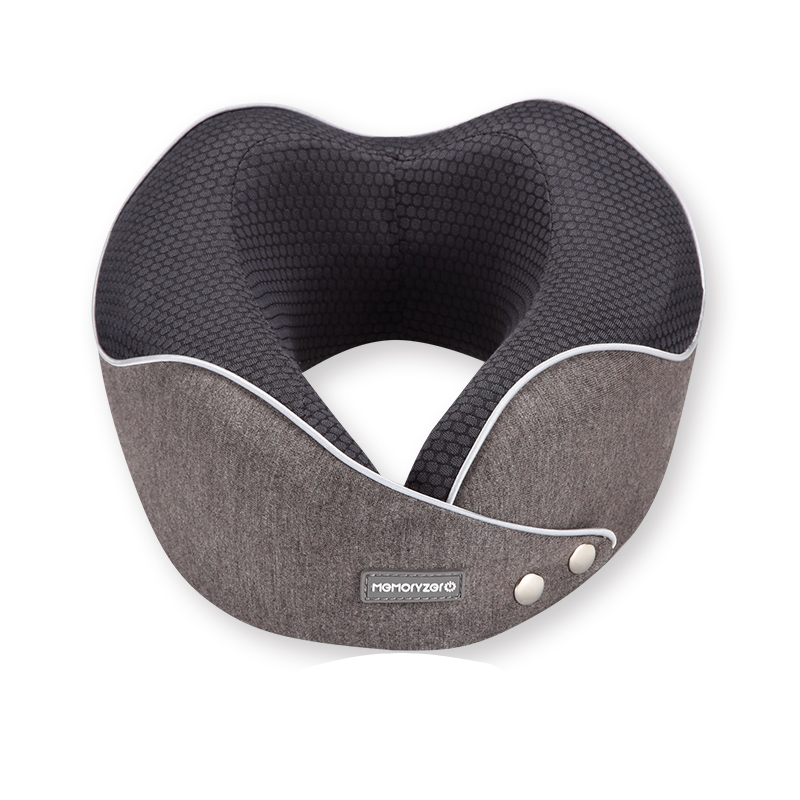
How to maintain a memory foam pillow?
1. Pillowcase
Memory pillows usually have outer and inner covers. The inner cover is mostly made of pure cotton fabric, while the outer cover is generally made of velvet fabric. The inner cover can be machine washed or hand washed, and can be dried after being wrung out. It is generally recommended to hand wash the velvet outer cover, and do not wring it too hard when drying. When installing the pillow core, pay attention to the direction of the big and small heads. Most memory pillows are now B-shaped, which cannot be cut open and installed upside down.
2. Pillow Core
(1) Memory pillows are generally made of environmentally friendly polyurethane. This material will turn yellow if left in the sun for a long time, so the pillow core should not be exposed to the sun. Just take it out frequently to ventilate and dry naturally.
(2) Another thing to pay attention to when maintaining the pillow core is that you should not press it with force for a long time. When not in use, leave it in its natural state and do not place it under heavy objects for a long time. This may cause the memory foam to deform, making you uncomfortable when sleeping.
(3) The pillow core cannot be washed. This type of memory foam has a very unique structure. If moisture enters, it will be difficult to clean out, which will also reduce the quality of sleep. Generally, it is used with a pillowcase and an inner cover. If you accidentally sweat, take out the pillow core and let it dry naturally.
Finally, if the newly purchased memory foam pillow has a slight odor, it is normal. Just let it air dry for 3-5 days (if the ventilation is good, the odor can be removed in 2 days), and the odor will be completely gone, and you can use it with confidence.
Air source heat pumps are a form of heating system that extracts heat from the outdoor air and utilizes it to supply heating and hot water for buildings. They serve as an energy-efficient and environmentally-friendly substitute for conventional heating systems like gas boilers or electric heaters.For the immediate pressure, air source heat pump With its own coping style, it can break the predicament and usher in a new life through the quality of the product itself. http://mangoenergyheatpump.com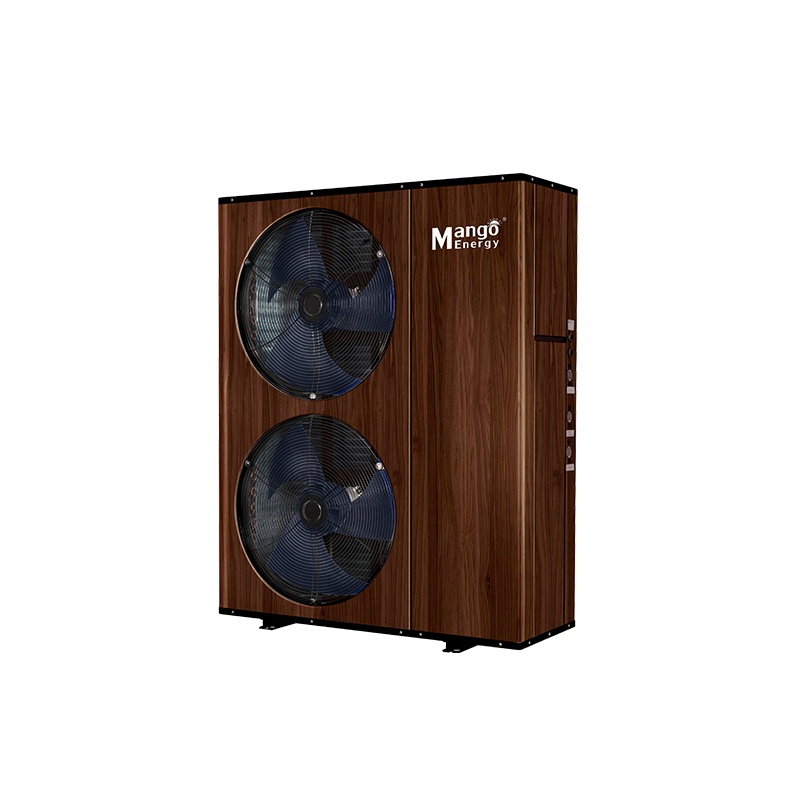
How does an air source heat pump operate?
Air source heat pumps function by drawing in heat from the external air at low temperatures and subsequently intensifying the heat’s temperature using a compressor. This heat is then utilized to warm water for radiators, underfloor heating systems, or for domestic hot water.
There are two primary kinds of air source heat pumps: air-to-water and air-to-air. Air-to-water heat pumps convey heat to a wet central heating system, whereas air-to-air heat pumps transfer heat to warm air systems.
Advantages of air source heat pumps
Utilizing an air source heat pump for heating and hot water provision offers several advantages, including:
1. Energy efficiency: Air source heat pumps are remarkably energy-efficient by utilizing renewable energy from the air, potentially leading to lower energy expenditures and decreased carbon emissions.
2. Renewable energy: By sourcing renewable energy from the air, air source heat pumps represent a more sustainable and eco-friendly heating solution compared to traditional fossil fuel-based systems.
3. Reduced carbon emissions: Through the reliance on renewable energy sources, air source heat pumps can aid in reducing carbon emissions, contributing to a more environmentally-friendly space.
4. Reduced operational costs: Despite potential higher initial installation costs, air source heat pumps have lower operational costs over time, resulting in potential long-term savings.
5. Versatility: Their ability to cater to both heating and hot water provision makes air source heat pumps a versatile solution for both residential and commercial structures.
Considerations for installation
When contemplating the installation of an air source heat pump, several key considerations must be taken into account:
1. Location: Access to good airflow and appropriate outdoor space are crucial for the installation of an air source heat pump.
2. Building insulation: Ensuring proper building insulation is important to optimize the heat pump’s efficiency and minimize heat loss.
3. System compatibility: Compatibility with existing heating systems and hot water provision in the building is essential for the installation of an air source heat pump.
4. Planning permission: Installation of an air source heat pump may necessitate planning permission based on location and building type.
5. Maintenance: Ongoing maintenance, which includes filter cleaning, monitoring refrigerant levels, and inspecting outdoor units, is vital for ensuring the effective operation of an air source heat pump.
In conclusion, air source heat pumps offer a sustainable and energy-efficient heating solution, catering to both residential and commercial heating and hot water needs. By harnessing renewable energy from the air, they provide a greener alternative to traditional heating systems, potentially leading to reduced energy costs and carbon emissions. It is important to consider factors such as location, building insulation, system compatibility, planning permission, and maintenance when contemplating the installation of an air source heat pump to ensure optimal performance.
False alarms can undermine the effectiveness of security systems, but wired PIR (Passive Infrared) motion sensors offer a reliable solution. Here¨s how these sensors help minimize false alarms and enhance your security setup.Only by working together can we turn passive infrared sensor The value of the play out, the development of the supply market needs. https://www.sunlit-tech.com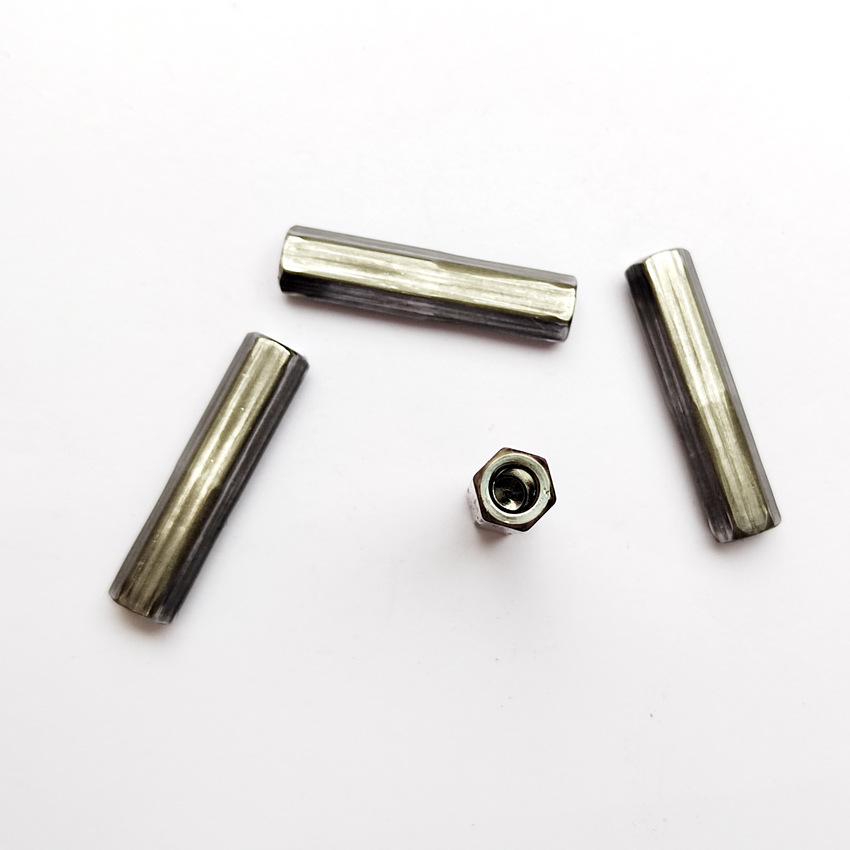
1. Why Choose Wired PIR Motion Sensors?
Wired PIR motion sensors detect infrared radiation changes to identify movement. Unlike wireless sensors, they have a stable physical connection that often results in more reliable performance.
Advantages of Wired PIR Motion Sensors:
Consistent Performance: A wired connection is less prone to interference compared to wireless signals, leading to fewer false alarms.
No Battery Issues: Wired sensors don’t rely on batteries, so you avoid issues related to power failure.
2. How Wired PIR Motion Sensors Reduce False Alarms
Improved Detection Accuracy
High Sensitivity: Wired pir motion sensor alarm can accurately detect movement and adjust sensitivity to avoid false alarms from minor disturbances.
Advanced Features: Many models include dual-technology detection or pet-immune settings to further reduce false alarms.
Reduced Interference
Stable Signals: The physical wiring avoids issues with signal degradation and interference from other electronics.
Reliable Operation: Less affected by environmental factors, ensuring consistent performance.
Proper Installation and Calibration
Optimal Placement: Install sensors in strategic locations to avoid triggering by non-threatening movements.
Adjustable Settings: Calibrate sensitivity and range to fit the specific needs of your environment.
Regular Maintenance
Routine Cleaning: Keep sensors free from dust and debris for accurate performance.
System Checks: Regular testing helps catch and fix potential issues early.
Wired PIR motion sensors offer a reliable way to reduce false alarms and enhance security. Their stable connection, accurate detection, and ease of maintenance make them a valuable choice for effective security solutions. By integrating these sensors into your security system, you can achieve more reliable protection and fewer disruptions.
Generally speaking, stainless steel is considered to be non-magnetic. However, in fact, austenite series materials may be magnetic after certain processing technology, but it is not correct to think that magnetism is the standard for judging the quality of stainless steel fasteners.In the long run, stainless steel fasteners supplier The value will be higher and higher, and there will be a great leap in essence. https://shwhardware.com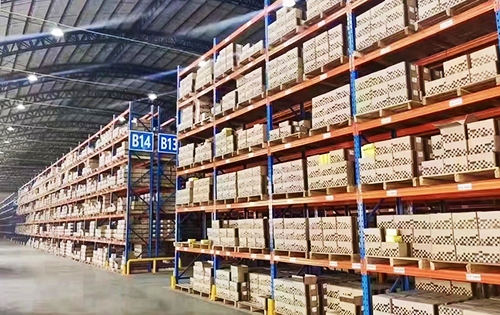
Dai Nan Stainless Steel Screw Manufacturer
Dai Nan Stainless Steel Screw Manufacturer
The use of nickel in stainless steel screws used to rely on the use of nickel in the process of using stainless steel as the material, but the price of fasteners has also been greatly affected by the global price increase of nickel. In order to reduce the cost pressure and improve the competitiveness of fasteners, the manufacturers of stainless steel screws in Dai Nan have specially searched for replacement materials and produced low-nickel stainless steel fasteners.
Grade of stainless steel bolts
Grade of stainless steel bolts
Stainless steel screw 304 price list, Dai Nan stainless steel screw manufacturer, stainless steel bolt grade, stainless steel screw model daquan.
Complete collection of stainless steel screw models
Complete collection of stainless steel screw models
Anti-corrosion treatment of stainless steel screw surface refers to the application of various methods to apply a maintenance layer on the metal surface, which is used to isolate the metal from the corrosive environment, so as to inhibit the corrosion process, or reduce the contact between corrosive media and the metal surface, so as to avoid or reduce corrosion. Stainless steel bolt grade Stainless steel U-bolt manufacturers produce stainless steel U-bolts with national standard specifications, and the specific models and specifications include stainless steel 304u-bolts and stainless steel 316u-bolts. We provide you with comprehensive U-bolt inventory products and provide U-bolt specifications and sizes, U-bolt specifications and sizes, fasteners, U-bolt specifications and models, U-bolt national standard, stainless steel screw models, U-bolt processing and U-bolt prices. If the fasteners in stainless steel screws use stainless steel as the main material, we should also know about the magnetism of stainless steel itself.
In today¨s world, ensuring safety during travel and in public spaces has become a paramount concern. One critical area of focus is the detection of hazardous liquids that can pose significant threats. The ZA-600BX Portable Liquid Scanner emerges as an indispensable tool in this regard, offering advanced capabilities to enhance safety on the go. Here¨s a look at the benefits of the ZA-600BX and why it is a must-have for security applications.For the current market situation, walk through metal detector It has a very advantageous development prospect and an extremely superior ecological environment. https://secuzoan.com/
za-600bx liquid scanner
1. Advanced Detection Technology
The ZA-600BX Portable Liquid Scanner employs cutting-edge technology to detect and identify hazardous liquids quickly and accurately. Utilizing advanced spectroscopic analysis, this device can differentiate between safe and dangerous substances within seconds. This rapid detection capability is crucial for security checkpoints at airports, train stations, and public events, ensuring that potential threats are identified and mitigated swiftly.
2. Portability and Convenience
One of the standout features of the ZA-600BX is its portability. Designed to be lightweight and compact, it can be easily carried and operated by security personnel. This portability allows for flexible deployment in various environments, from large transportation hubs to small-scale events. Its user-friendly interface ensures that operators can use the device with minimal training, making it a practical solution for enhancing security on the go.
3. Non-Invasive and Safe Operation
The ZA-600BX Portable Liquid Scanner offers a non-invasive method of inspecting liquids. Unlike traditional methods that may require opening and testing liquid containers, the ZA-600BX scans through the container, preserving the integrity of the liquid while ensuring safety. This non-invasive approach is not only faster but also reduces the risk of contamination and exposure to hazardous substances for both security personnel and the public.
4. Wide Range of Applications
The versatility of the ZA-600BX makes it suitable for a broad range of applications. In addition to its use at airports and train stations, it is also valuable in settings such as government buildings, stadiums, concert venues, and border crossings. Its ability to quickly and accurately identify hazardous liquids enhances security measures in any location where large numbers of people gather, providing peace of mind and protecting public safety.
5. High Accuracy and Reliability
Accuracy is paramount in security applications, and the ZA-600BX delivers exceptional reliability. It is equipped with sophisticated sensors and algorithms that ensure precise identification of liquids. The device has undergone rigorous testing and validation to meet the highest standards of performance. This high level of accuracy minimizes false positives and negatives, ensuring that security personnel can trust the results and act confidently on the information provided.
6. Real-Time Data and Reporting
The ZA-600BX provides real-time data and reporting capabilities, allowing for immediate analysis and decision-making. This feature is particularly useful in dynamic environments where quick responses are essential. The device can be integrated with other security systems to provide comprehensive monitoring and reporting, enhancing the overall security infrastructure.
7. Cost-Effective Solution
Investing in the ZA-600BX Portable Liquid Scanner is a cost-effective solution for enhancing security. Its advanced technology and robust performance reduce the need for multiple security checks and manual inspections, saving time and resources. The durability and low maintenance requirements of the device further contribute to its cost-effectiveness, providing long-term value for security operations.
8. Enhancing Public Confidence
In an era where safety concerns are paramount, the presence of advanced security measures like the ZA-600BX can significantly enhance public confidence. Knowing that effective and efficient liquid scanning technology is in place reassures travelers and attendees that their safety is a top priority. This confidence can lead to increased patronage of public events and transportation systems, benefiting both security agencies and the broader community.
LED car lights refer to lamps that use LED technology for external and internal lighting in both the light sources inside and outside the car. External lighting equipment is about thermal limits and EMC. Use LED car lights to create an in-car environment with a lifespan of 50,000 hours. The structure of LED is sturdy and not easily affected by vibration, and the light output brightness will not decrease significantly during use.period led strobe warning lights Many adjustments have also been made, and the direction of product research and development has been reversed, in order to better meet the market demand. https://www.lkx-mascarello.com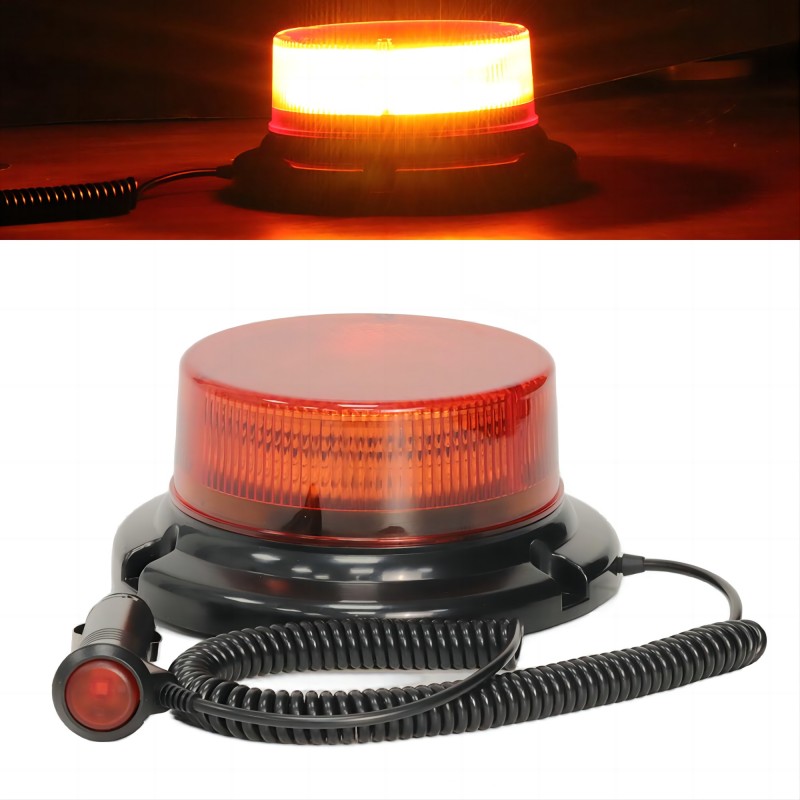
LED car lights are suitable for various lighting applications in automotive electronics, including headlights (high beam and low beam), fog lights, tail lights, brake lights, turn signals, daytime running lights, pedal lights, instrument lights, license plate lights, door lights, interior lights, width lights, navigation, entertainment systems, backlights and indicator lights. Compared with traditional light sources, LED light sources have large differences in physical size, luminous flux, spectrum, and spatial distribution of light intensity. Therefore, LED detection cannot replicate the standards and methods of traditional light source detection.
What Are the Most Common Detection Technologies for LED Headlights?
Detection of optical parameters of LED lamps
1. Luminous intensity detection
Light intensity is the strength of light, which is the amount of radiated light within a certain angle range. Since LED light is relatively concentrated, the inverse square law does not apply at close distances. Therefore, the CIE127 standard stipulates that the conditions for measuring light intensity are A (far-field conditions) and B (near-field conditions) for measuring the average normal light intensity. The detector area for both conditions is 1cm2. Generally, standard condition B is used to measure luminous intensity.
2. Luminous flux and light efficiency detection
Luminous flux is a physical quantity that measures the total amount of light emitted by a light source. It represents the sum of the light energy emitted by the light source in all directions. There are two main methods for detecting luminous flux:
Integral method: Light the standard lamp and the lamp under test in the integrating sphere in turn, and record their readings on the photoelectric converter as Es and ED respectively. The luminous flux of the standard lamp is known as Φs, then the luminous flux of the lamp under test ΦDED〜Φs/Es. The integral method uses the principle of “point light source” and is simple to operate, but it is affected by the color temperature deviation between the standard lamp and the lamp under test, and the measurement error is large.
Spectrophotometry: This method calculates the luminous flux by measuring the spectral energy distribution of the light source \( P(\lambda) \). Use a monochromator to measure the spectral energy of the standard lamp in the wavelength range of 380nm to 780nm on an integrating sphere, and then measure the spectral energy of the lamp under test under the same conditions. By integrating these spectral energy values, the luminous flux of the lamp under test can be obtained.
Luminous efficiency is a parameter that describes the efficiency of a light source. It is defined as the ratio of the luminous flux emitted by the light source to the electrical power it consumes. For LED light sources, constant current is usually used to measure luminous efficiency to ensure the accuracy and repeatability of the measurement.
The development trends of the mold accessories industry include the following aspects:Now, everyone is right plastic mould part manufacturer Are more concerned, hoping to get more benefits from it. https://www.dghrjmmj.com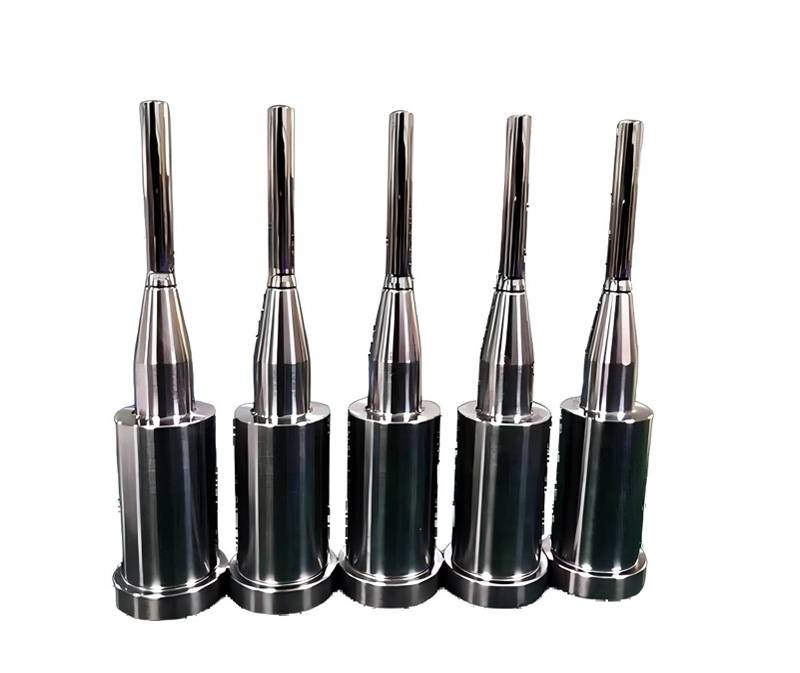
Production scale expansion: With the rapid development of manufacturing industry, the demand for molds and accessories continues to grow, especially in industries such as automotive, electronics, home appliances, medical equipment, etc. This will encourage mold accessory manufacturers to expand their production scale to meet market demand.
Technological innovation and upgrading: The mold parts industry will pay more attention to technological innovation and the improvement of research and development capabilities. Enterprises will increase their investment in digital and intelligent technologies, promote intelligent manufacturing and automated production, and improve the efficiency and accuracy of mold design and manufacturing processes.
Green and environmentally friendly development: Environmental protection and energy conservation and emission reduction have become important directions for industry development. Enterprises will promote the application of new technologies and materials with low energy consumption, low pollution, high efficiency and energy conservation to reduce their impact on the environment.
Strengthening industrial chain collaboration: The collaborative development between the mold parts industry and upstream and downstream industries will become even closer. Enterprises will strengthen cooperation with raw material suppliers and downstream customers, form a more complete industrial chain, and improve the efficiency and competitiveness of the entire industry.
Product precision: The dual upgrading of consumption and manufacturing industries, the arrival of the “Made in China 2025” era, and the continuous improvement of mold requirements in various industries have prompted the mold industry to develop towards precision. Mold companies need to continuously increase their investment in product design and development to meet market demand.
In short, the mold accessories industry will develop towards larger production scale, higher technological content, and more environmentally friendly direction in the future. At the same time, industrial chain collaboration and product precision will also become important development trends.